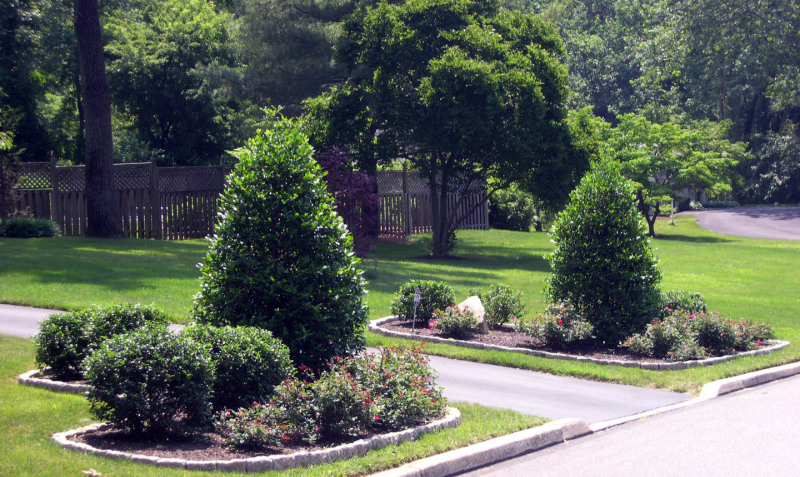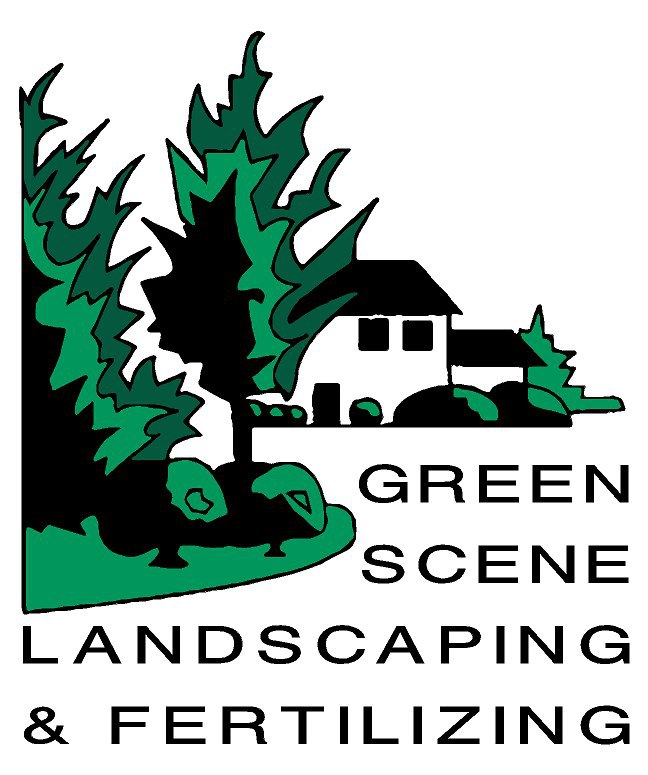
Grow healthy trees with deep root fertilization
Deep root fertilization is a process by which mechanical devices deliver fertilizer, and other control products, directly to the root systems of trees as well as shrubs. Deep root fertilization is considered to be one of the most important services to provide for plants as it nourishes the plant where it needs it- directly to the root system. This system is typically administered by Licensed Pennsylvania Commercial Applicators. Licensed Applicators are trained in the proper operation of the deep root injection equipment, the many products that can be utilized, the plant species to be treated, and the proper safety techniques to use when operating pressurized equipment on private property.
This method of plant feeding is accomplished by using pressurized, specialty devices. The system includes a tank that contains nutrients, a pump to build pressure and deliver pressurized product to the application equipment, a hose of varying length, and a deep root injection tool that has two handles, a platform for the feet to press the unit into the ground and very sharp nozzles to deliver the finished spray. The nozzles pierce the soil and are driven into the root zone of the plant to be fed by the Technician. When the device is at a correct depth of 8-10”, the Technician pulls the handle to release the pressurized fertilization solution. Typically, each hole is filled with two gallons of finished solution. This takes approximately one minute per hole if the pressurized pump is set to two gallons per minute of output at the nozzle. The nozzle is a four directional strong spray. It is designed this way so that the entire root zone soil is saturated with the product to be delivered to the plants. All application equipment is constructed of either plastic, aluminum, stainless steel or brass so that all parts do not degrade and cause potential problems during the application.
The correct Deep root fertilization application method is to deep root inject from the trunk to the dripline of the plants canopy. The dripline is defined as the part of a plants canopy that water will shed the crown and drop to the farthest footprint of the plant’s foliage. This is also the area where the root system slightly outgrows the plant canopy, so that it can take advantage of the extra water with each rainfall. The Technician would start by setting up a grid system at two-foot intervals. The initial hole starts two feet away from the trunk. The holes continue to implement the grid pattern, of two feet on center, to cover the entire plant drip line footprint. For shrubs this may be only four holes and for larger trees that may be up to fifty holes! However, no matter the size of the tree or shrub, this method will prove effective.
Deep root fertilization is the most beneficial of fertilization techniques for trees and shrubs. Is has many benefits. These include delivering the nutrients directly to the root zone where it is needed and utilized. The delivered products are taken up by the root system and translocated to the canopy of the plant. Deep root fertilization also minimizes runoff of product so that it can be of maximum benefit to the treated plant. Finally, given that the deep root fertilization is a targeted liquid application, the Applicator can use both macro and micro nutrients, soil building organic products, insect control products etc. It is a very versatile and effective treatment for all plants and the benefits of deep root fertilization are available to all parts of the treated plants.

